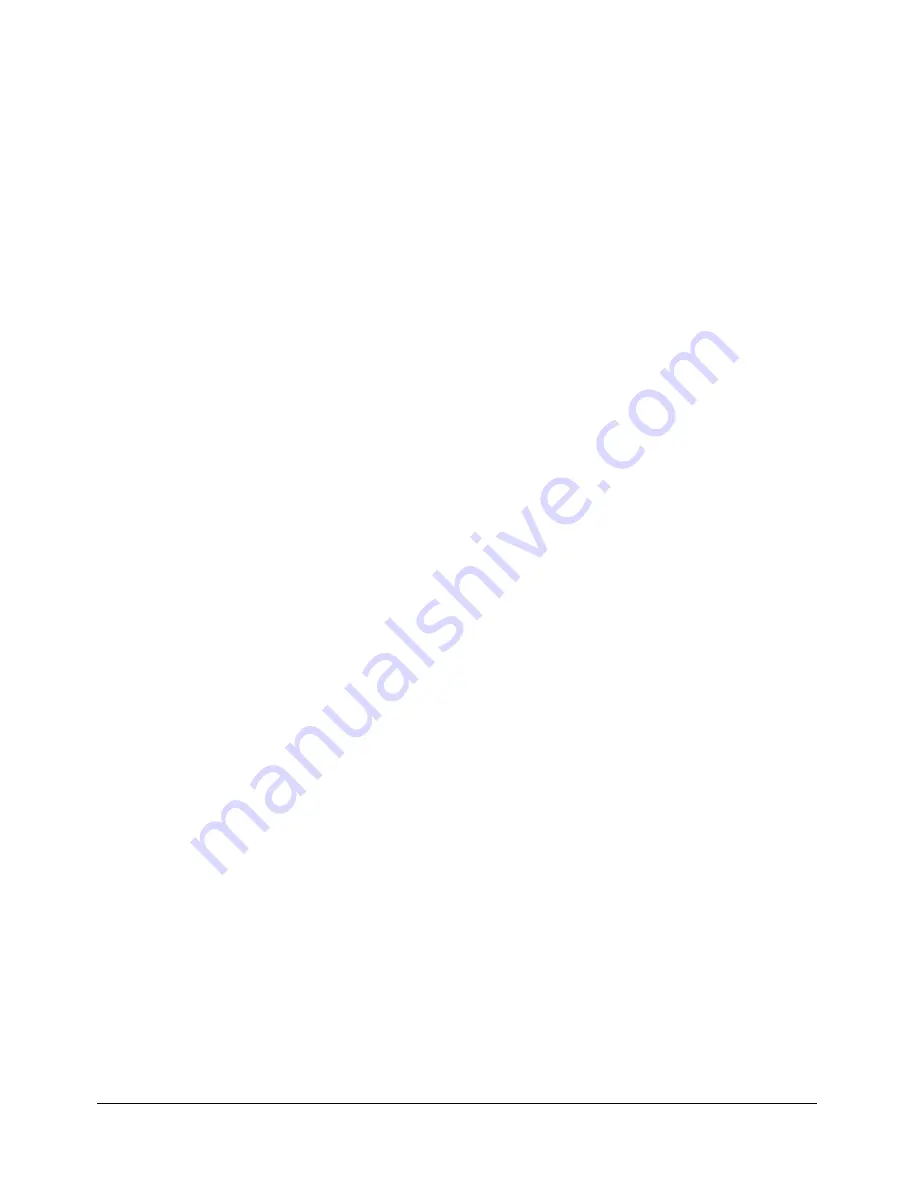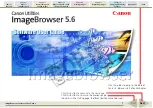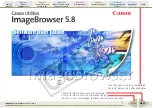
26
Deploying Contribute to Departments and Enterprises
Cascading Style Sheets (CSS)
Web designers use CSS to specify formatting rules that can be applied to text and other design
elements in a web page. These rules—called CSS styles—can be defined within a page, or in a
separate style sheet that can be applied to multiple pages (or templates on which multiple pages
are based). This makes it easy to apply styles consistently throughout a site.
Contribute recognizes CSS styles attached to a page and lets the user apply these styles.
Contribute users can apply styles defined in the page itself, or in an attached style sheet. You
cannot use Contribute to attach a CSS to a page. Use Dreamweaver to define CSS styles for an
individual document or to create a style sheet that you can attach to multiple documents.
Tip:
Give CSS styles names that make sense to Contribute users. For example, instead of Heading,
use a more descriptive name such as MainHeading, Title, or Headline, depending on how you intend
the style to be applied.
Each style you define in a style sheet appears in the Styles pop-up menu. If you want to keep
certain styles from appearing in the menu, add
mmhide
before the style name (for example,
mmhideNavTable).
To learn more about using CSS with Contribute, visit the Contribute product page at
www.macromedia.com/software/contribute
.
Web page templates
Templates are powerful design tools that help control which areas of a page can be updated. If you
use the same or similar layout across several web pages, templates let you quickly redesign or
update multiple pages at once. Templates are also well suited for groups that update a website’s
content collaboratively because they let you standardize web page layouts while preventing
contributions from accidentally deleting or altering locked elements.
Templates are made up of editable and non-editable regions, allowing content contributors to
make edits only in predefined, editable regions of the page. You can also use the permissions
settings within Contribute to define what templates a user role can access.
Templates are similar to other web pages with the exception that certain areas are locked. In fact,
the entire template is locked by default. You must create editable regions within the template that
others can modify.
When designing templates, keep the following tips in mind:
•
If certain information should appear on all pages, make it noneditable.
•
Create editable regions for page-specific information that varies across pages.
•
Test your template before creating many pages based on it, to make sure that the template
accommodates all kinds of content you intend to place on the pages. Although you can update
all template-based pages at once, this works best when the changes are minor. If you make
major changes to a template, you may have to manually update all pages based on it.













































